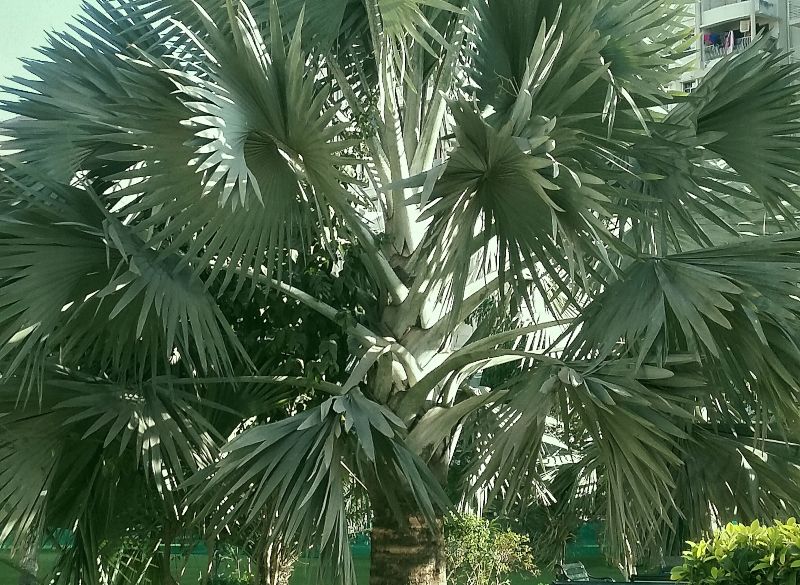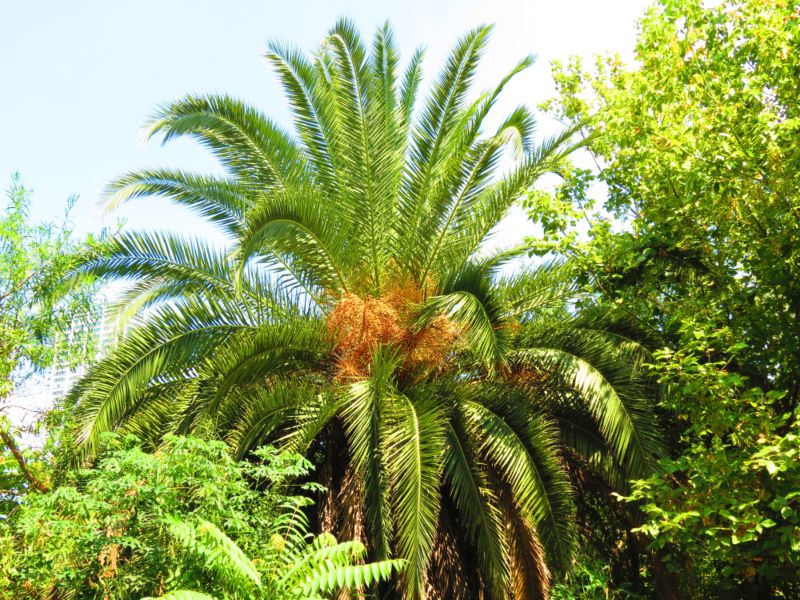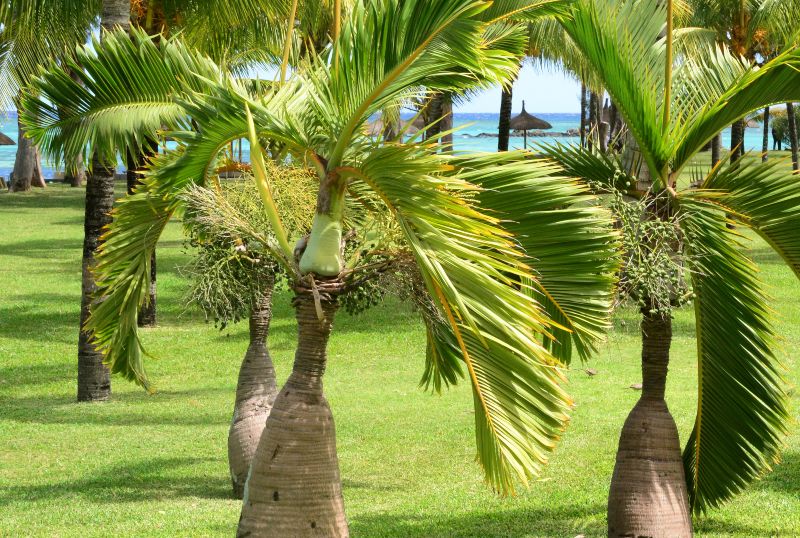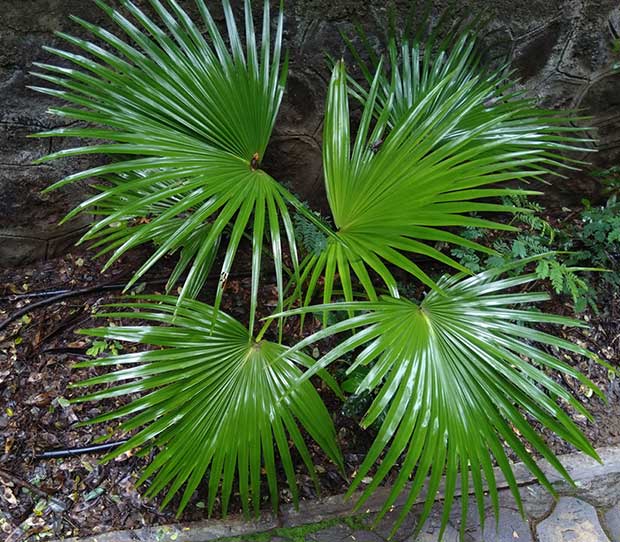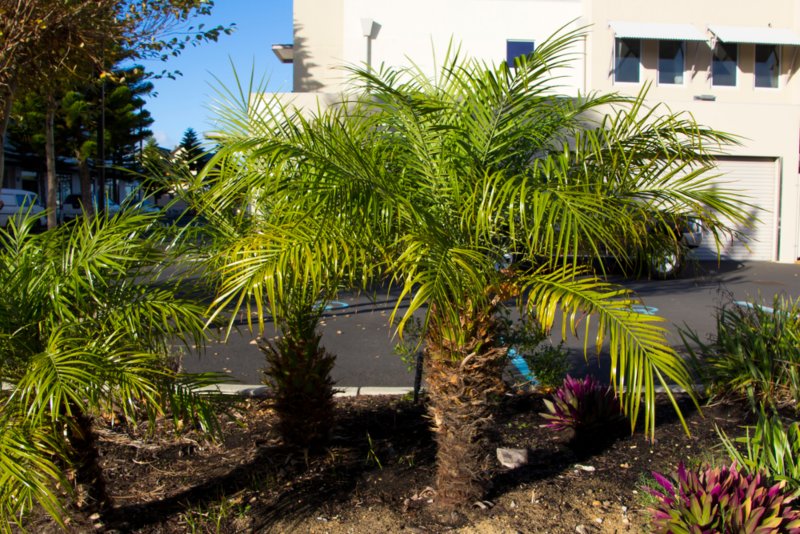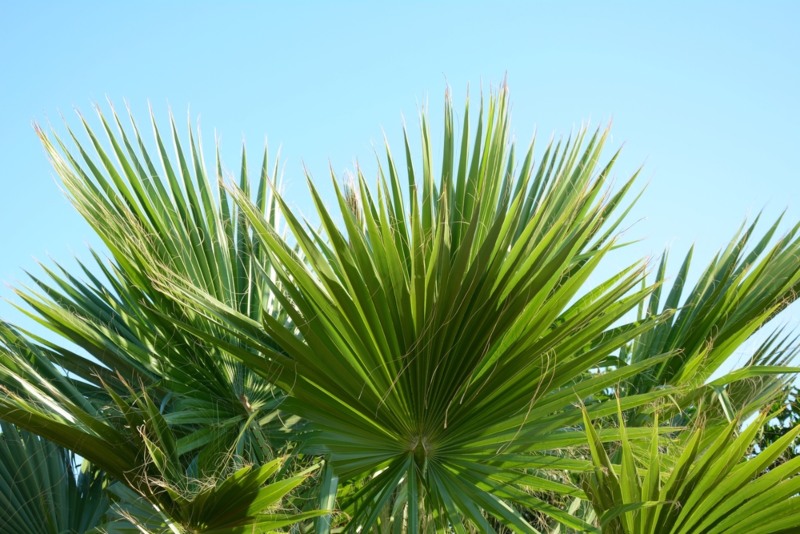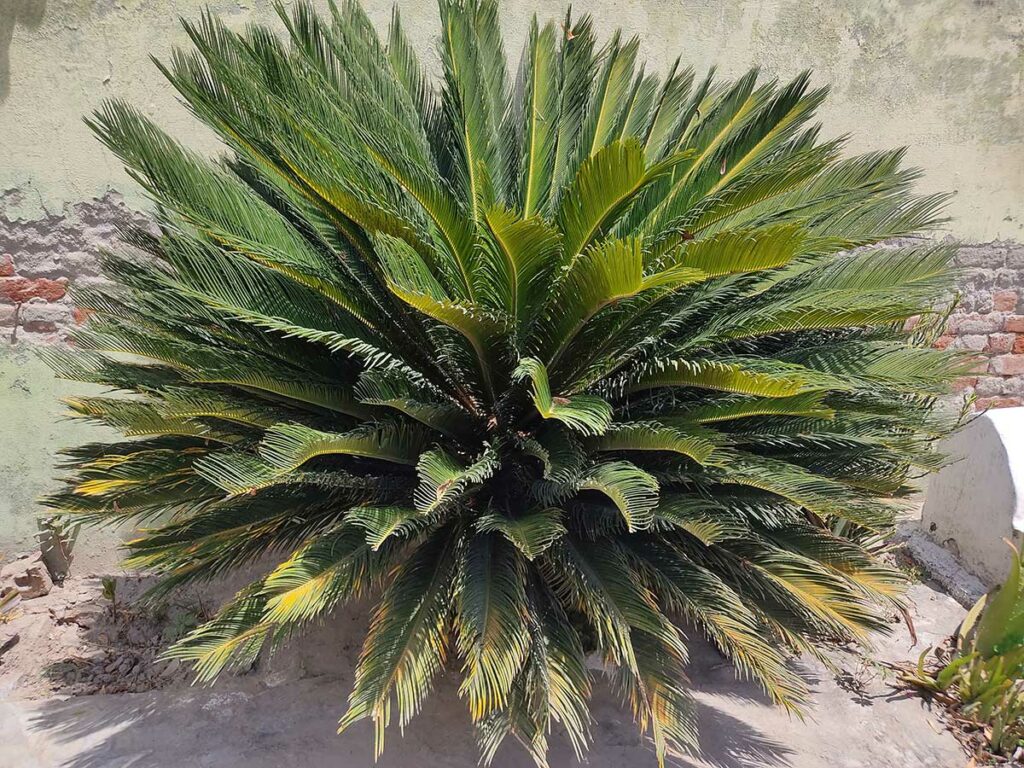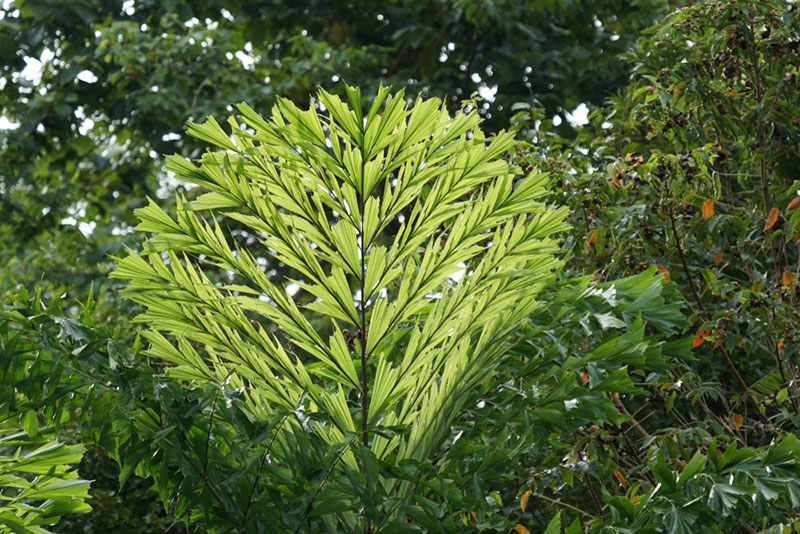
The fishtail palm is a unique palm tree that can grow to be about six to 10 feet tall. It’s not a plant that is easy to grow, especially indoors, so you will need to give it some special care if you decide to grow it. Its fronds are unique; in fact, they resemble the tails of fish. It is a single trunk tree, and it has an exotic look that can add some pizzazz to your garden space. It is a poisonous plant, so make sure to be cautious if there are small children or pets around.
Light and Temperature Requirements
This palm requires a lot of light to grow, but it will do best without being directly in the sunlight. Indirect sunlight is best, so consider filtered light that comes through a window or a location where it will be in the shade for the majority of the day. It will also need to grow in a humid area with relatively warm temperatures.
Ideally, the temperature should be between 65 and 85 degrees Fahrenheit for the plant to thrive, and the humidity level should be at least 50%. If the humidity level drops below that, you should consider using a humidifier to increase it. Also, make sure that the temperature never drops below 45 degrees Fahrenheit, and the plant is not positioned near a draft.
Watering Requirements
It is a plant that will require an average amount of water, so make sure that you do not overwater it, and then test the soil to see if the top is relatively dry before giving it more. Also, during the winter, decrease the amount of water that you provide the plant when it is not actively growing. Distilled water is best for this plant because tap water can contain chlorine, fluoride, and other harmful chemicals.
If the edges of the leaves are turning brown, the water has too many chemicals in it.
Soil and Fertilizer Requirements
Almost any soil will work for this palm to grow, but it should be well-draining soil. Ideally, you may want to mix your soil with some sand so that it drains even better. Make sure that it is not sand that contains any salt or impurities that could damage the palm. You can also add perlite and bark to your potting soil.
When the plant is actively growing, it is a good idea to give it half-strength fertilizer. In addition to the weak fertilizer, you can add Epsom salt to the soil to make sure that the palm does not get a magnesium deficiency.
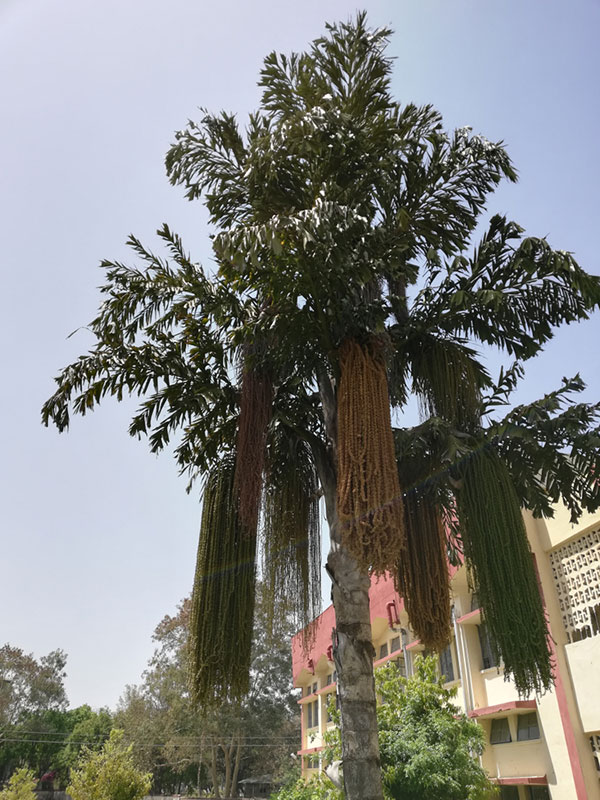
Pruning and Propagation
Because this is a palm that grows from the ends of the stalk, pruning the tips of the fronds can stop the growth completely. Pruning the plans should be done very little, and it will do best when propagation occurs from a seed. It can also be propagated using the suckers of a female plant, which can be found at the base of the plant. It will take several months for the new plant to grow, but when you remove the sucker, make sure to bring a bit of root with the new plant.
Pests and Diseases
Fishtail palms can develop spots on their leaves. This can be a result of the plant not getting the nutrients that it needs and probably has magnesium or an iron deficiency. To fix this, you can adjust the fertilizer that you give the plant. When it comes to pests, aphids, mealybugs, and whiteflies are common.
Planting Location Tips
- Indoor pool areas and spas that have a lot of humidity are great locations to select for this plant to grow.
- It needs a warm location to thrive, so southern areas that stay warm for the majority of the year are ideal.
- Keep the temperature above 45 degrees Fahrenheit.
- A room with an eastern or a western facing window is an excellent idea for indirect sunlight.





